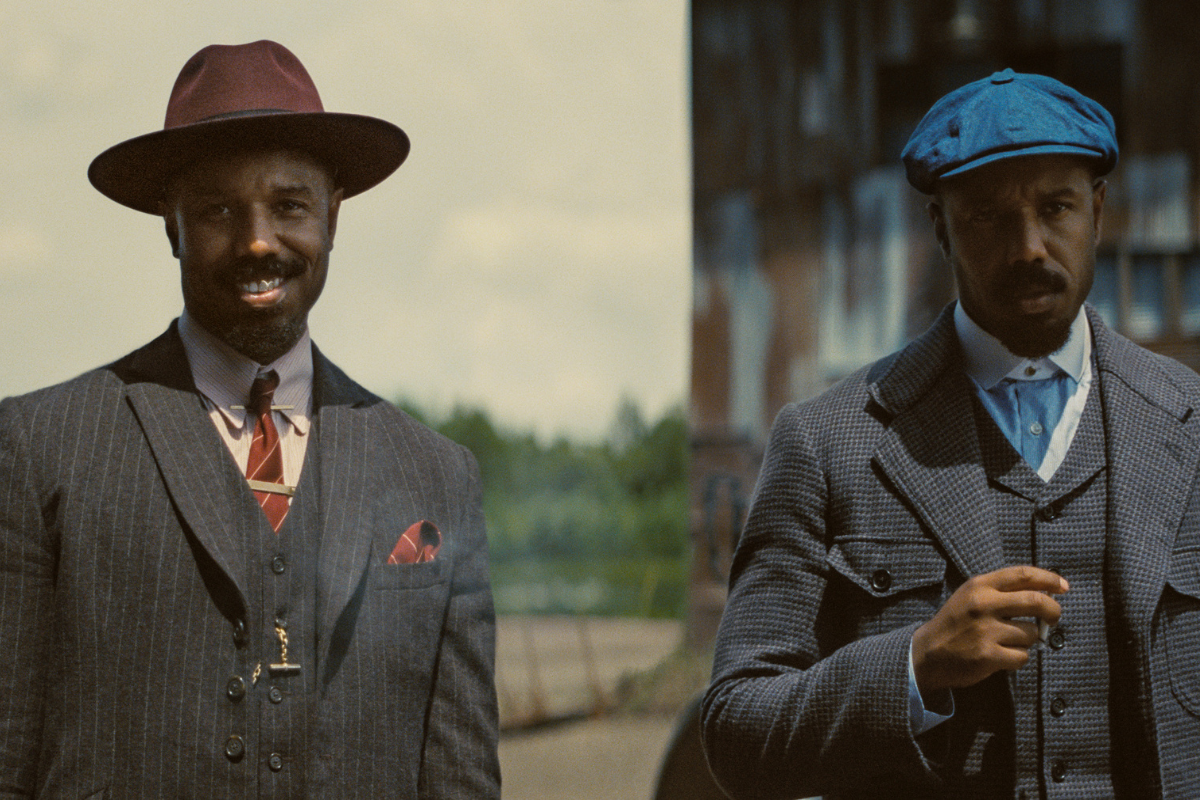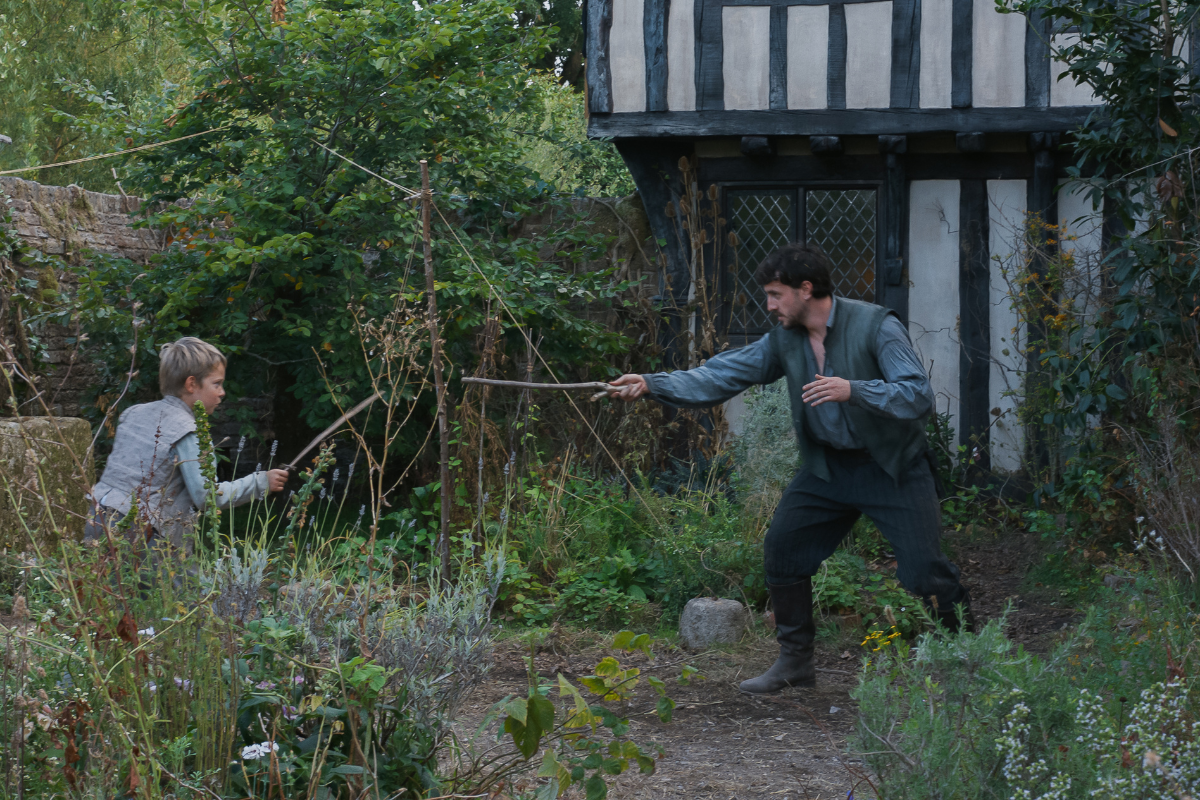STORYTELLING STRATEGIES: Dunkirk – A Finely Tuned Watch
Dunkirk’s non-chronological approach to the narrative, make it a unique viewing experience, but is it worth the view? Paul Gulino weighs in.
Paul Joseph Gulino is an award-winning screenwriter and playwright, whose book, Screenwriting: The Sequence Approach has been adopted as a textbook at universities around the globe.
A film can work without a strong audience bond to a main character, but the price paid lies in a diminished impression of any deeper meaning.
The most obvious thing one notices about Dunkirk (written and directed by Christopher Nolan) is that the character introductions are slight to non-existent. The film follows the course of life of several characters, intercutting them into a coherent whole. By the end of the film, we’ve watched them go through various adventures and overcome various problems, but hardly get to know them, and see nothing in the way of a character arc for any of them.
This, and the non-chronological approach to the narrative, make it a unique viewing experience.
Both of these choices work against the grain of how most dramatic films operate. Typically, one expects the filmmaker to try to connect the audience emotionally to a main character, reveal to the audience some goal that main character has, then unleash the character to pursue that goal against various obstacles in a cause-and-effect sequence. The audience, bound emotionally to the main character, hangs around to find out the outcome, hoping and fearing as the action unfolds. If everything goes right, the audience then streams out of the theaters and tells friends and relatives to go see it, and lots of money flows to the filmmakers.
Dunkirk has received critical acclaim, and ticket sales testify to audience satisfaction. How did it achieve this? Two reasons:
Objective Drama and Deadlines
It helps to engage an audience in a drama if it is connected emotionally to an onscreen character. This most often results in subjective drama—drama that works because the audience knows the psychology of a character. For example, watching a woman get on an elevator is not inherently dramatic—unless the audience has been informed ahead of time that this particular woman is severely claustrophobic.
On the other end of the spectrum is objective drama—the portrayal of situations that are inherently dramatic even if the audience doesn’t know anything about the character or characters involved. This involves life or death situations, or situations where many lives are at stake, or perhaps aliens threatening to annihilate the human race. With almost half a million Allied troops in danger of capture unless they can escape across the English Channel, Dunkirk qualifies as objective drama.
Within that overall dramatic situation, war itself provides plenty of objective drama. The Germans are firing machine guns and dropping bombs on Allied troops and ships. The latter are trying to survive these attacks. Allied planes are trying to destroy German planes before they are themselves destroyed.
Of course, subjective and objective drama can be used in combination to powerful effect. We can both discover the psychology of a character and see this character battle through life-and-death situations. One aspect can reinforce the other, as can be seen in Hacksaw Ridge (2016) and Sergeant York (1941), both of which deal with conscientious objectors in combat.
The other tool Dunkirk utilizes to sustain audience attention is the deadline, the use of which is detailed here.
The film opens with a title: 1. The Mole (One Week). This deadline immediately frames the movie for the audience: whatever happens will take place in one week’s time. The challenge of creating anticipation in the audience is thus solved quickly. There remains only for the audience to follow the action, knowing well that in one week’s time the story will be over, and hoping the various characters will be able to escape their predicament alive.
The story is also framed by the finite nature of the English Channel. We know that crossing the distance back to England is the characters’ objectives, and when they reach that objective, the film will be over.
With these two narrative tools deployed, the filmmaker can safely depart from the norms of main character identification without having the audience depart from his film.
The Fractured Narrative
If scant character development isn’t enough of a challenge, writer-director Nolan has also chosen to fracture the narrative by showing scenes out of chronological order, or repeating them from various points of view.
Almost all films follow a sequential beginning-middle-end cause-and-effect pattern. Not so Dunkirk, which follows three separate stories in different time frames coming together at only one moment in the film. How does it succeed without losing its audience?
Fortunately, Nolan has constructivist psychology to rescue him. Human brains have well-developed frontal lobes, and in these lobes we process clues we observe in the world and piece this information together to create, or construct, understanding. This actually happens all the time, while living our lives, including when we watch movies.
Contrary to what most people believe (filmmakers included), we do not actually see a story when we watch a narrative film. We see scenes. From these scenes, we gather clues and construct the story out of them, in our minds. This happens whether the clues are presented in chronological order (as in almost all films), or when they’re not, as in Dunkirk. When we are presented with a narrative out of chronological order, our brains will quickly reconstruct it in chronological order in order to make sense of it.
What Was The Point?
Despite these unorthodox storytelling strategies, Dunkirk has succeeded with audiences.
Nonetheless, its impact is also limited by these strategies, ultimately in the area of theme, which is involved in posing this question: what was the point of this movie?
The great Aha! moment seems to be the realization in the audience of how these three narratives come together at one particular moment late in the action. The various oddities and unexplained images suddenly make sense. If this is indeed the point, though, it is of limited interest. It does not seem to be a significantly critical moment in the battle (which would satisfy the objectively dramatic nature of the storytelling), and even though it is a critical moment in the lives of the characters, we scarcely know who they are.
Although the movie is emotionally engaging on a primitive level, ultimately the experience is like watching the intricate workings of a finely-tuned watch.
What’s to be Done
Obviously a return to more conventional strategies with respect to helping the audience connect emotionally to a character or an ensemble of characters would allow exploration of a character arc and therefore theme. Alvin York (Sergeant York) is a man prone to drunkenness and violence before finding God and giving up those vices, then finds himself applying his murderous skills as a sharpshooter to kill others in the service of saving lives. The film leaves us with many complex issues to ponder that go way beyond the confines of the film into broader questions of faith, faithfulness to belief, and the nature of loyalty and sacrifice.
In contrast, Dunkirk leaves us little to ponder beyond the question of why the intersection of these particular lives at one point in the evacuation of Dunkirk important enough for us to see a feature film built around them.
At the very least, the filmmaker may have considered finding a more significant moment bringing these individuals together. Wars are replete with critical events and chance encounters that turn that can change the course of history. The examples of Joshua Chamberlain’s actions with a few hundred men at Gettysburg, or the slaying of Stonewall Jackson by his own men at Chancellorsville, come to mind.
Absent these considerations, Dunkirk is a superbly crafted and thoroughly engaging film with, unfortunately, limited impact beyond the sound and fury of battle, and the novel intricacies of narrative experimentation.
Learn how to create unique worlds in William Rabkin's webinar
Write Appealing Dystopia: Build a Frighteningly Realistic World
Paul Joseph Gulino is an award winning screenwriter and playwright, whose credits include two produced screenplays in addition to numerous commissioned works and script consultations, and his plays have been produced in New York and Los Angeles. He taught screenwriting at the University of Southern California for five years, and since 1998 has taught at Chapman University in Orange, California where he is an associate professor. He has lectured and given workshops in the U.S. and Europe and recently guest-lectured at Disney Animation in Burbank. His books include Screenwriting: The Sequence Approach and The Science of Screenwriting: the Neuroscience Behind Storytelling Strategies, co-written with psychology professor Connie Shears. His web site is www.writesequence.com.







